Strategic Success
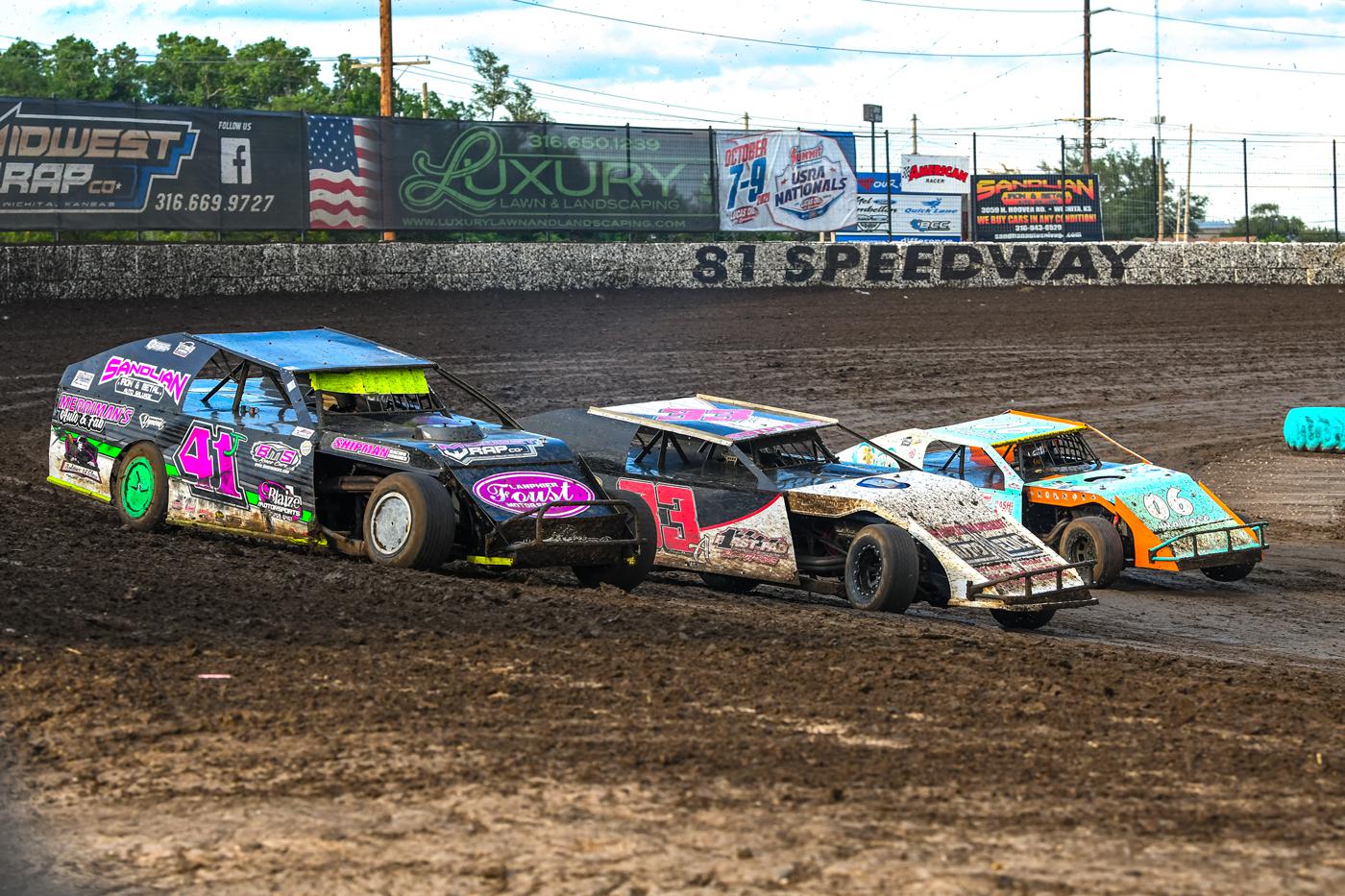
Modifieds remain one of the most popular and competitive segments in motorsports. With teams constantly looking for an edge on the track, sanctioning bodies and tech officials have been tasked with keeping costs in check and maintaining safety standards and performance parity while also staying vigilant over those seeking to exploit any gray areas of the rulebook.
The spirit of competition has always fostered innovative thinking, and that’s led to countless advancements in performance, durability, and safety over the years. But as a racing format becomes more refined (and often more complex) as the associated technologies mature, other factors often start to take on greater importance as a result. Ignoring them can put the health of the discipline in jeopardy.
Modified racing serves as an excellent example. The cars are seemingly simple and rule sets are similarly straightforward, factors that have played a significant role in its ongoing success. But with such close competition, racers are always on the lookout for anything that might shave a tenth or two off of a lap time, and that’s turned rule set design and technical inspections into a sport of its own.
“The modifieds have been relatively basic race cars for a long time now, but as things evolve with suspension combinations and platform setups, the modified has kind of become a beast of its own,” said Greg Felton, the director of technical inspection for the Tri-Track Open Modified Series, Seekonk, Massachusetts. “We’ve tried to create some simple rules to make some of the high-dollar things that you might want to do less attractive from a competitive standpoint.”
Maintaining performance parity and a high level of safety will always be top priorities in modified racing, but in recent years, another component has led to increasing importance. “We’ve always been pretty strict on safety,” said Darlo Mulder, tech director for the United States Modified Touring Series, Webster City, Iowa. “When you’re teching a premier class, most of the drivers have been around the sport long enough that they understand the dangers and they take safety seriously. We see more concerns in that area in the lower divisions. The bigger issue is with everyone looking for the performance edge. We often have to decide whether this is an area we’re going to let them go into, or are we going to stop this before it gets out of hand. It’s an ongoing battle, and it really comes down to containing costs so that one team doesn’t have an inherent advantage over another because they can outspend them.”
Seeking The Next Big Thing
Bill Doucette of the Modified Racing Series in Canaan, New Hampshire, said that more often than not, setup trends in modified racing come down to “monkey see, monkey do” behavior within the field. It’s rare that unconventional tactics result in a clear competitive advantage.
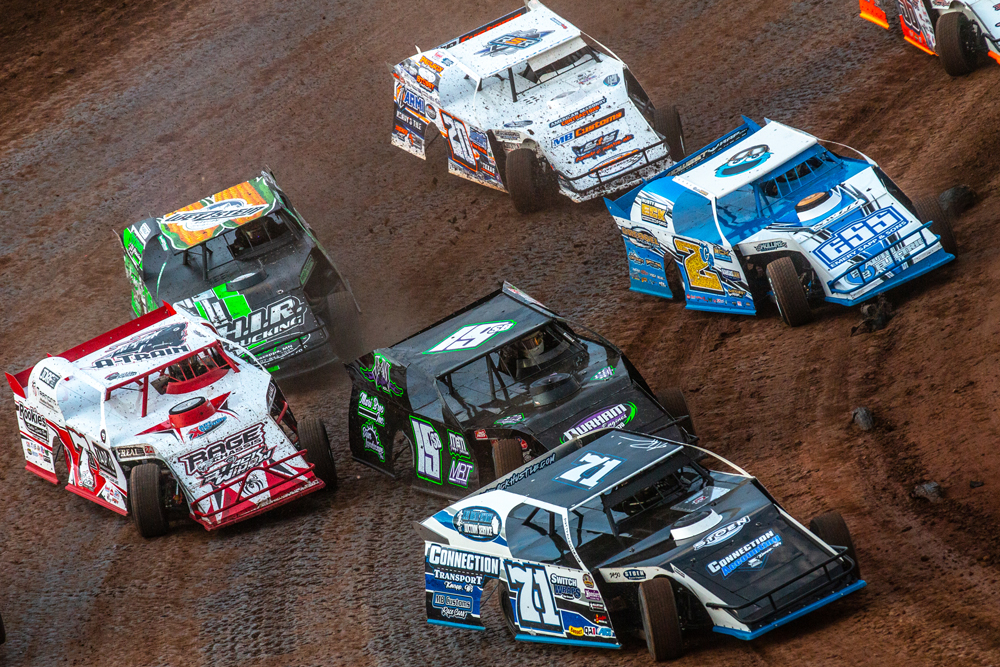
“An issue came to light a couple of years ago with coil binding,” Doucette explained. “Basically, that’s increasing the wheel loads by limiting suspension travel, so the car becomes very rigid—almost like a go-kart. All of the wheel load is going into the tire and theoretically increasing grip. Racers were spending a lot of money chasing that, but that kind of setup can actually reduce grip in some situations because of the lack of compliance. We watched how other competitive series were handling it, and we saw how they were basically chasing their tails trying to get these guys to stop coil binding. Sometimes trying to chase something and make rules around it ends up costing people money, so after a conversation with one of our chassis guys we decided to see if it would just play itself out. And it did.”
With horsepower levels already exceeding the amount of available grip in most series, competitors have shifted more of their focus toward chassis tuning to find additional performance potential. “We have specs on where all of the mounting points are supposed to be, but every year we seem to find people who are fudging on that,” said Bill Engelstad, tech director for the WISSOTA series, Saint Cloud, Minnesota. “There were some instances where the companies that were re-popping the front stubs were moving things around from the stock locations. On these modifieds they’re trying to get the front crossmember and everything else as close to the ground as they can without digging in, so they’ll try to fudge on some of these measurements to change geometry and lower the center of gravity. We cracked down on that, and guys had to send cars back to have them fixed. Our approach is that if something isn’t legal, we’re not going to make it legal because someone got caught with it. If you don’t do that, it’s just going to get out of hand sooner rather than later.”
Mulder cited weight placement as another area of increasing scrutiny. “They’re trying to put weight in different areas, and it can be a huge advantage, so we have a lot of rules on that. But it’s also a safety issue. Since there are minimum weights that these cars need to adhere to, the teams often need to add weight, but it has to be added to the frame or the chassis—they can’t put it anywhere else. We had racers putting lead weights on suspension parts and rotating parts, and that’s a problem. A lot of folks like to put it inside the left rear to help plant that left rear tire and give the car more bite off of the corners. But this is an area that’s constantly being inspected because we once had an issue where a racer put wheel weights inside his left rear wheel, and during the race the left rear tire blew. When that happened, it shot these lead pellets all over the place, hitting people in the grandstands. It was a bad deal. So there’s a safety element of it that we have to regulate, and we have to be particularly vigilant because of the potential performance advantage it offers.”
Keeping Pace
With such a wide array of different tactics at play, organizers have devised strategies of their own to detect problems without making tech inspections a lengthier process than they already are. “I’ve put together a pretty vast selection of tools to test all of this different stuff that we need to check at the race track,” Mulder explained. “I travel from race track to race track with a full-sized GMC pickup that’s just packed full of tools. It takes a lot of equipment to be able to tech all of it.”
But Felton noted that some inspection methods are more straightforward than others. “I have a very simple system to check for coil bind,” he said. “We roll the two front tires onto two 3/4-inch pieces of plastic. Two guys who weigh 185 pounds each then get on the front bumper, and they have to be able to make the chassis touch the ground. That pretty much eliminates the issue. With no ride height rule, the lowest the guys can run the left front corner of the car is about an inch and a quarter to an inch and a half. The money in coil binding is in the shocks, and the goal here is to implement some simple strategies that make those expensive things go away.”
Engelstad said that as more technology infiltrates into modified racing, it’s no longer the realm of the backyard builder, and with that comes greater challenges for tech officials. “Who would have thought that we would have modifieds in wind tunnels and on pull-down rigs to figure out what’s going on with them? Aerodynamics have turned out to be much more important to these dirt cars than we previously thought, so we’re looking for bodies that have been mounted on the car crooked and things like that. A lot of little things can turn out to be a big thing.”
Leveling The Playing Field
Felton emphasized that the most effective way to keep the racing fair is to be consistent. But he also likes to throw a few surprises in here and there to keep folks honest and streamline the inspection process. “It wouldn’t really be feasible to do every single check on every car at every race because of the sheer amount of time it would take to do that. So there are a few checks that are routine, but I always try to add two or three things in at every race that I won’t do for the rest of the year. That way the racers never really know what I’m going to do and when I’m going to do it. It keeps them on their toes. I was a racer too, so they know what I know.”
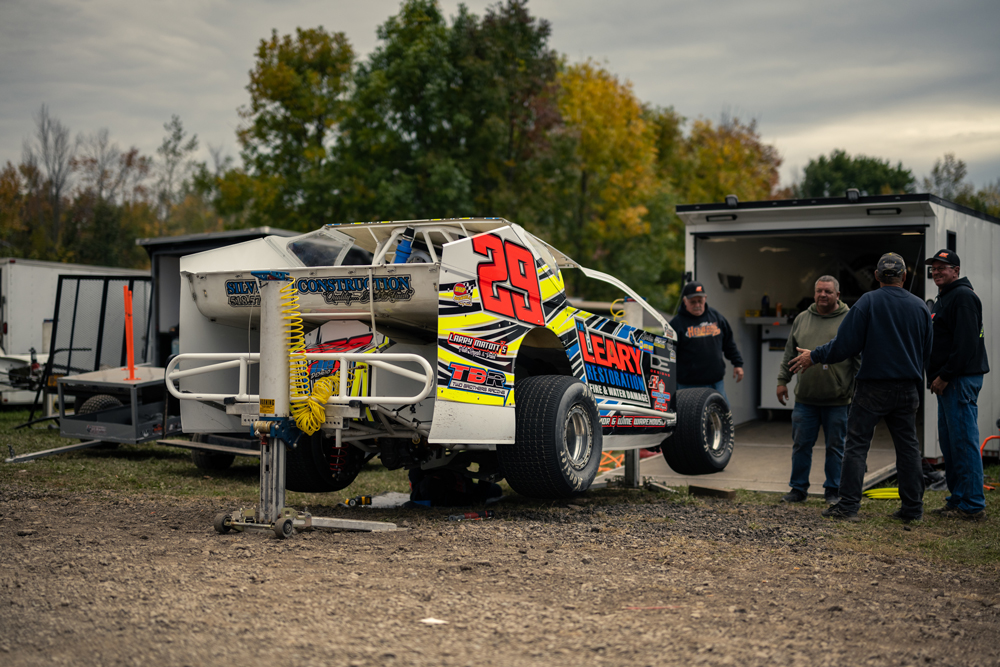
In other situations, new rules must be implemented in order to prevent a situation where the entire field needs to upgrade their cars in order to stay competitive. “Teams are allowed to run either a pull bar or a lift arm—it’s the traction device for the rearend,” said Mulder. “Modifieds don’t have much of a tire, but they’ve got a lot of horsepower, so traction is always a huge concern for these teams. A few years ago, a racer took his pull bar and made it into a two-piece system, essentially a cantilever. The way the rule was written it didn’t outright say that he couldn’t do that, but it wasn’t what we wanted to see, either. It proved to be a huge advantage, and he went on a winning spree. We had to change the rules to be more specific about what we want for this traction device. The gray areas can shift directions for a series, and we didn’t want to force everyone else to have to adopt that system.”
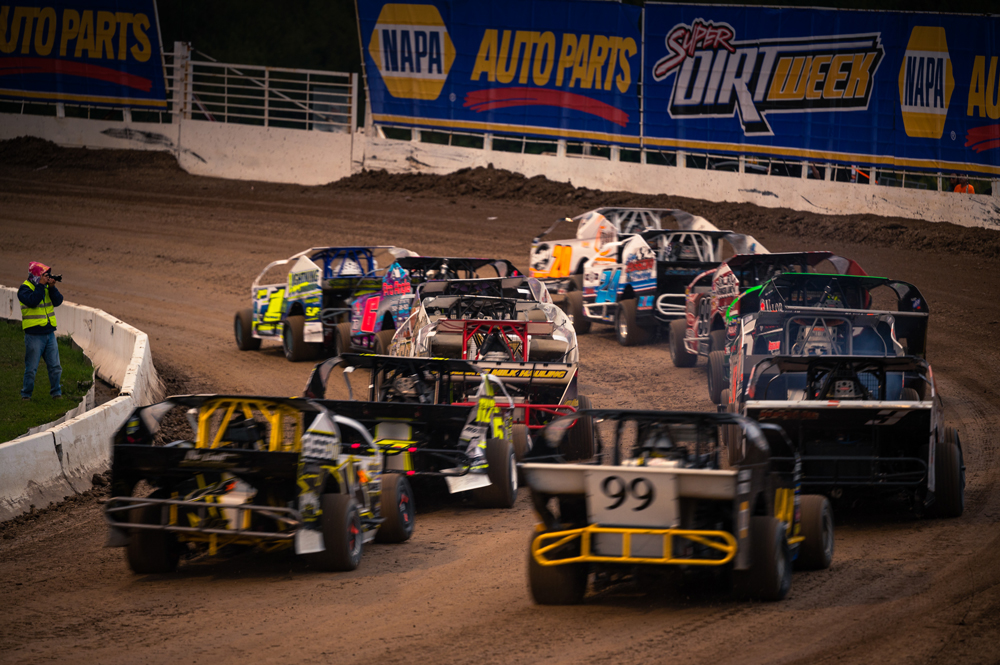
Sometimes the changes are less dramatic, though, and rules need to be updated in order to prevent an incremental trend from getting out of hand. “We were finding that cars were 10 to 12 inches wider at the bottom than they were at the top,” said Engelstad. “About five years ago we implemented a maximum car width rule, and we’ve had to add to it over the past couple of seasons because we weren’t specific enough. People were taking the bottom of the left-hand quarter panel and pushing it underneath the car so they could push the bottom of the right-hand quarter panel out further to create more downforce.”
Looking down the road, the prospect of additional technology making its way into modified racing may pose an even greater challenge for tech officials. “I would say in the next five to 10 years we’re going to start seeing some engine combinations moving over to fuel injection,” said Doucette. “That’s something we’re starting to look at more closely and get prepared for, but it’s going to be tough. Suddenly you’re into engines that have computer control, and that means your tech officials need to understand how to work with ECUs and devise a way to monitor them.”
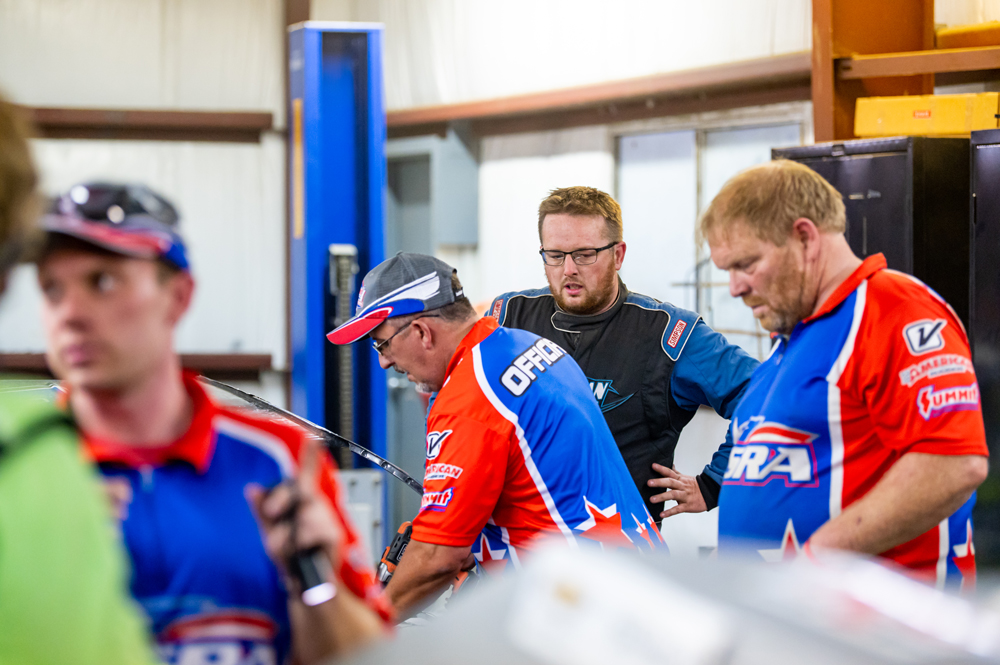
Communication is key regardless of where things are headed, said Mulder. “It’s crucial that the tracks, promoters, and tech officials are all on the same page, so we have a private Facebook group that all of our series’ tech officials are members of. That allows us to get something out to everybody fairly quickly and share pictures to help illustrate any concerns.”
Felton told us that it’s important not to conflate consistency with complacency. “Do the right thing and do things consistently, but don’t just do the same things in tech all of the time because teams will quickly get used to that. If they know what to expect, they can just focus somewhere else to look for an advantage. A lot of it has to do with each specific event because there are a lot of outside factors that go into the strategy. The important thing is to keep them guessing.”
Sources
Modified Racing Series
themodifiedracingseries.com
Tri-Track Open Modified Series
tritrackmodifieds.com
United States Modified Touring Series (USMTS)
usmts.com
Wissota
wissota.org
 MEMBERSHIP LOGIN
MEMBERSHIP LOGIN JOIN PRI
JOIN PRI


